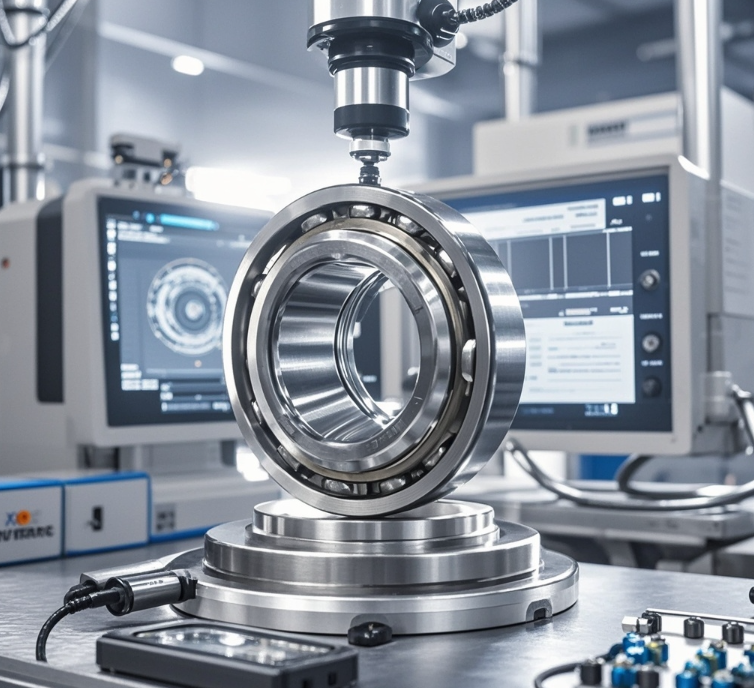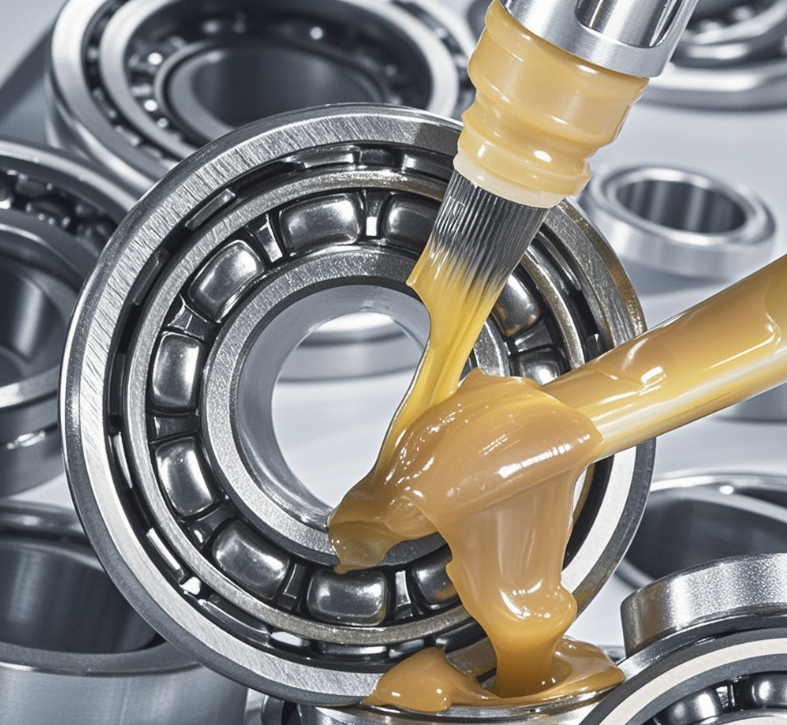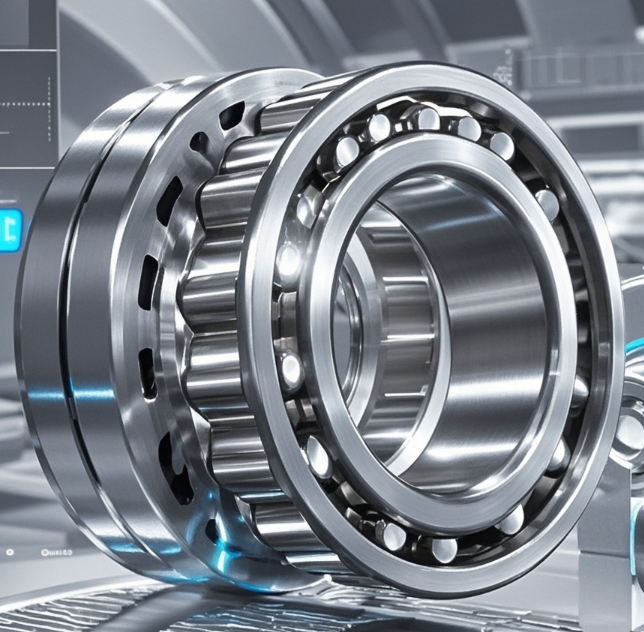Newsroom
How to maintain forklift bearings?
2024-08-23Here are some methods for maintaining forklift bearings:
I. Daily inspection
1. Temperature monitoring:
- Regularly use tools such as infrared thermometers to measure the temperature of forklift bearings. During normal operation, the bearing temperature should be within a certain range. If the temperature rises significantly, it may indicate problems such as excessive friction, insufficient lubrication, or improper installation.
- For example, conduct a simple temperature check before and after each use of the forklift. If abnormal temperature rise is detected, stop using it immediately and conduct an inspection.

2. Noise inspection:
- When operating the forklift, listen carefully to see if there is abnormal noise coming from the bearing area. Abnormal noise may be caused by bearing wear, damage, or poor lubrication.
- For instance, start the forklift in a quiet environment and drive slowly to carefully distinguish if there is noise different from normal operation.
3. Appearance inspection:
- Regularly check whether there are cracks, deformations, rust, and other conditions at the bearing area. If any appearance damage is found, deal with it in a timely manner.
- For example, when conducting daily cleaning of the forklift, also inspect the appearance of the bearings. If signs of rust are found, take anti-rust measures promptly.
II. Correct lubrication
1. Selecting the appropriate lubricant:
- According to the type of forklift bearing, working conditions, and manufacturer's recommendations, select the appropriate lubricant. Common lubricants include grease and lubricating oil.
- For bearings operating at high speeds, a specific type of high-performance lubricating oil may be needed to ensure good lubrication effect and heat dissipation performance.
2. Regular lubrication:
- Lubricate forklift bearings at regular intervals as specified. The specific lubrication cycle depends on factors such as the forklift's usage frequency and working environment.
- For example, forklifts used in high-load and dusty environments may require more frequent lubrication.
3. Correct lubrication method:
- Use the correct lubrication tools and methods to ensure that the lubricant is evenly distributed in all parts of the bearing.
- For grease, a grease gun can be used to inject grease into the bearing interior; for lubricating oil, it can be added through an oil cup or oil pump.

III. Precautions for installation and disassembly
1. Correct installation:
- When installing forklift bearings, ensure that the installation environment is clean to avoid dust, impurities, and other substances from entering the bearing interior.
- Use appropriate installation tools and install according to the correct installation method to avoid damage to the bearing caused by strong impacts and improper installation.
- For example, when installing tapered roller bearings, strictly follow the specified installation sequence and preload to ensure the normal operation of the bearing.
2. Cautious disassembly:
- When it is necessary to disassemble forklift bearings for maintenance or replacement, use professional disassembly tools to avoid damaging the bearings and related components.
- During the disassembly process, carefully record the installation position and direction of the bearings so that they can be correctly reinstalled.

IV. Operating specifications
1. Avoid overloading:
- Operate strictly according to the rated load of the forklift to avoid overloading. Overloading will increase the load on the bearings and lead to premature damage to the bearings.
- For example, when handling goods, ensure that the weight of the goods does not exceed the carrying capacity of the forklift to avoid damage to the bearings due to overloading.
2. Smooth driving:
- Forklift drivers should maintain smooth driving and avoid operations such as sudden acceleration, sudden braking, and sharp turns. These operations will generate large impact loads on the bearings.
- During driving, pay attention to road conditions and avoid causing damage to the bearings when passing through bumpy sections.
3. Regular maintenance:
- Conduct regular maintenance according to the forklift's maintenance manual, including inspections, lubrication, and adjustments of the bearings.
- For example, regularly check the tire pressure and braking system of the forklift to ensure that the forklift is in good operating condition and reduce adverse effects on the bearings.


